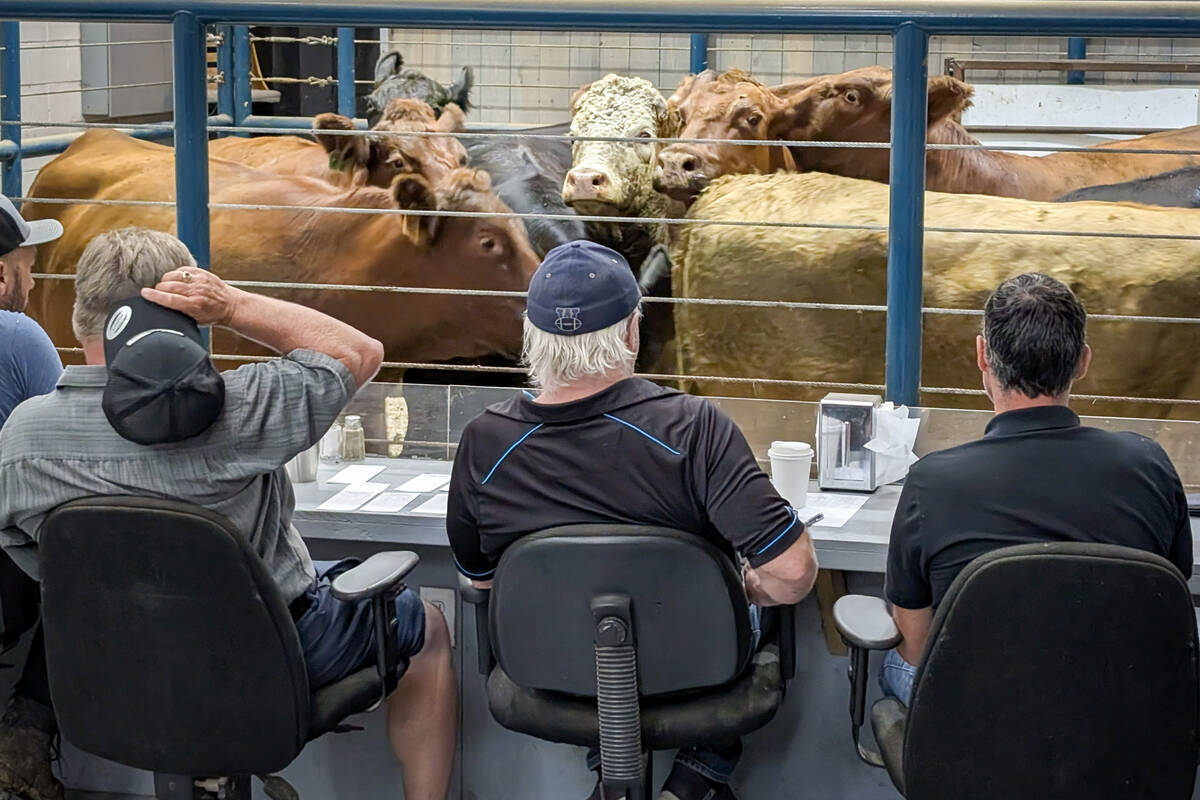Any Canadian farmers who lose livestock to anthrax infections this summer can now expect much less federal intervention or support when they report their losses.
The Canadian Food Inspection Agency announced in August last year that it will no longer investigate or quarantine anthrax-infected premises, collect or submit samples for testing, or even perform anthrax testing, as of Monday (April 1).
Anthrax remains a reportable disease in Canada and farmers, veterinarians and labs are still required to report cases to CFIA.
However, the agency’s response will no longer include an initial dose of anthrax vaccine for affected herds. Nor will CFIA provide oversight for carcass disposal, cleaning and disinfection, nor pay compensation to help producers cover the cost of disposing of affected carcasses.
Read Also

Klassen: Weaker fed market weighs on feeder cattle prices
For the week ending November 8, Western Canadian feeder cattle markets traded $10-$20/cwt below values from seven days earlier. Some…
The agency said Friday it “will continue to comply with its international reporting obligations to trading partners and the World Organization for Animal Health (OIE).”
CFIA said in August that the changes in its anthrax response are “part of a broader effort to modernize (its) approach to managing certain federally reportable animal diseases that are established in Canada.”
By adjusting its approach to anthrax, CFIA “will be able to focus more resources on emerging disease and foreign animal diseases,” where federal involvement is considered to be more critical.
A reduced response in anthrax cases is “aligned with current science and reflect(s) the reality that anthrax is endemic in the Canadian Prairies,” the agency said at the time.
The naturally occurring spores that cause anthrax infections in animals are known to exist in the soil across the Prairies and generally surface during the summer, at points when hot, dry temperatures follow periods of heavy rains and/or flooding.
Humans are susceptible to anthrax, but human cases are generally “rare and mild,” CFIA said. However, it added, infections can have “devastating” effects on cattle, sheep, goats, horses and bison.
Protection
Vaccination is an effective way to protect livestock from anthrax, and the vaccine is available to veterinarians through regular distribution channels, the agency said.
Producers should consult their own veterinarians about the risks involved with anthrax and the decision to have their animals vaccinated, especially if a herd lives or grazes in an area where anthrax has been detected before.
In those cases, producers should also avoid giving hay that was cut close to the soil, or feed that had contact with soil, to non-vaccinated animals, CFIA said.
They should also thoroughly clean and disinfect equipment and footwear that may have had contact with contaminated soil, the agency added, and wash clothes worn when tending to sick animals separately from other household laundry.
Provincial labs will continue to deliver diagnostic services for anthrax, CFIA said, and the carcass-side research test kits now in use are expected to continue to be available for use by private vets.
CFIA in 2012 confirmed three cases of infections in livestock herds, all in north-central Saskatchewan, including one in cattle in the R.M. of Kinistino in July and two in bison in the R.M. of Three Lakes in August and September respectively.
Cases in 2011 included two cattle herds — one in the R.M. of Frenchman Butte in northwestern Saskatchewan, the other in the R.M. of Whitehead in southwestern Manitoba, both reported in late September that year.
Related story:
CFIA expects “elevated” anthrax risk in livestock, March 9, 2011












